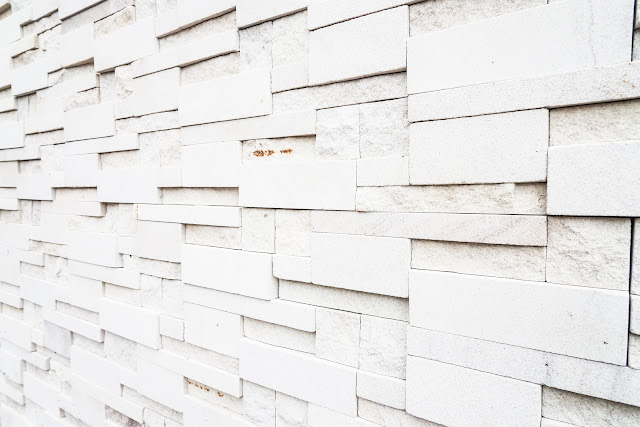Enhancing Aesthetics and Protection with Wall Cladding
Wall cladding is a transformative architectural element that combines beauty and durability to elevate the appearance and functionality of any space. It involves applying one material over another to provide an extra layer that not only protects the walls but also enhances their visual appeal. Popular in both residential and commercial settings, wall cladding offers endless design possibilities while serving as a reliable protective barrier.
What is Wall Cladding?
Wall cladding is a process where a material is placed over the exterior or interior walls of a building. The primary purpose is to shield the walls from weather elements like rain, wind, and sunlight, which over time can cause deterioration. Apart from protection, wall cladding is widely appreciated for its ability to transform plain surfaces into visually stunning features.
Types of Wall Cladding Materials
Wall cladding comes in various materials, each offering unique characteristics and advantages:
-
Wood Cladding: Known for its natural warmth and rustic charm, wood cladding is ideal for creating a cozy and traditional atmosphere. It can be used indoors or outdoors with the right treatment.
-
Stone Cladding: Providing a luxurious and sturdy appearance, stone cladding is commonly used for facades and accent walls. It includes natural stones like granite, slate, and marble.
-
Vinyl Cladding: Lightweight, cost-effective, and easy to maintain, vinyl cladding is a popular choice for residential properties. It is available in a wide range of colors and textures.
-
Metal Cladding: Typically made from aluminum or steel, metal cladding is known for its strength and modern industrial look. It’s often used in commercial and contemporary designs.
-
Brick Cladding: Offering a timeless appeal, brick cladding mimics the classic brick wall appearance without the weight or cost of traditional brickwork.
-
Fiber Cement Cladding: A blend of sand, cement, and cellulose fibers, this type of cladding is durable, fire-resistant, and low maintenance—perfect for various climates.
Benefits of Wall Cladding
-
Protection: Cladding acts as a shield against moisture, temperature changes, UV rays, and pollution, increasing the lifespan of the structure.
-
Insulation: Many cladding materials provide an added layer of thermal and sound insulation, contributing to energy efficiency and comfort.
-
Aesthetic Appeal: Cladding instantly enhances the appearance of any building. With numerous textures, colors, and patterns available, it caters to a wide array of design styles.
-
Low Maintenance: Most modern cladding materials require minimal upkeep, making them ideal for both residential and commercial properties.
-
Increased Property Value: A well-cladded building looks premium and is more attractive to buyers, often increasing its market value.
Applications of Wall Cladding
Wall cladding is suitable for various applications including:
-
Residential homes
-
Commercial buildings
-
Interior feature walls
-
Garden walls and outdoor facades
-
Institutional and hospitality spaces
Conclusion
Wall cladding Dubai is more than just an aesthetic upgrade—it's a smart investment in durability, energy efficiency, and long-term protection. Whether you’re renovating your home or designing a new commercial space, choosing the right cladding can significantly improve both form and function. Explore the wide range of cladding options available and elevate your space with a perfect blend of style and strength.

.jpg)


Comments
Post a Comment